Kitesurf Tips and Tricks No2 Kite Time
Windy season is fast approaching and brands are dropping new products every week!
It is very easy to get lost and confused with all of the ongoing technology, innovation and equipment advancements and purchasing new equipment can be intimidating especially when it comes to selecting your kite or quiver of choice. This is why Tips and Tricks No2 will be focusing on our beloved kites with the aim to give a basic breakdown and aid your selection process.
To start it is always worth taking a step back and being realistic with your riding level and then thinking about your riding goals or direction in the future. Look at the surfing industry for example and how many beginners purchase short boards as this is the shape the professionals, heroes and role models use, however it is a very unpractical shape for a first board and would hold your progression back, just food for thought . . . Luckily for the the consumers in our kite market the advancements in equipment have resulted in safer, more user friendly equipment with larger de-power ranges and more all around performance thus resulting in the "jack of all trades kite" these models will satisfy 75% of the market, fantastic kites to start on and have accessible performance that will help you progress when you need to.
Before we look into examples of these kites lets look into kites in general, over the years there have been countless designs and trends in the market, excluding foil kites, now we are seeing three main categories of LEI ( leading edge inflatable ) – (Inflatable kites )
I will be using the Cabrinha range for examples for these kites.
SLE Kites ( swept leading edge kites )
This is the most common kite you will see on the water and all brands will have one or multiple models incorporating this design, essentially we are looking at a curved leading edge with the support of a bridle, these kites have smooth power, predictable handling, easy relaunch due to the swept leading edge and a large de-power range.
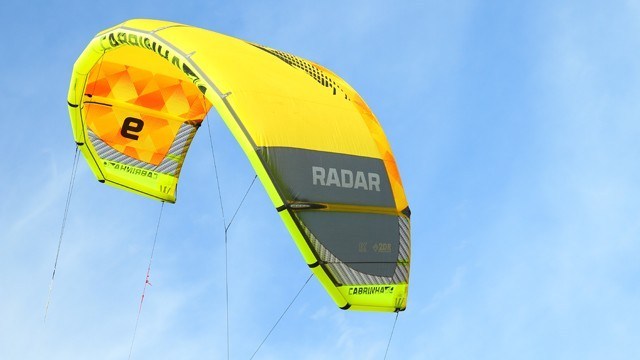
The Radar is a prefect example, a curved leading edge accompanied by a supporting bridle.
C kites
The competition standard ! the model you will see most freestyle and free ride professionals using due to their direct steering and feedback in flight, this comes down to direct connection between the flying lines and the wingtip attachment points, to provide support to the centre of the leading edge most modern C kites come configured in a 5 or 6 line setup. These kites have very square wingtips and a very flat leading edge profile. The direct connection and boxed wingtips do result in increased performance but also having to compromise by sacrificing de-power and user friendlies.
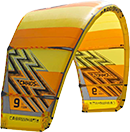
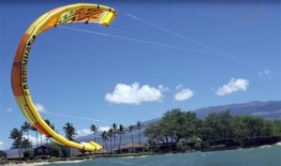
Squared wingtips and direct attachment with the support of a 6 line configuration displayed on the Cabrinha Chaos in the above images.
Open C ( bridled C )
Fast becoming a riders favourite encompassing the outline of a C kite with the support of a leading edge bridle resulting in a fast kite with direct feedback along with the de-power and smooth handling of a bridled kite.
The Cabrinha FX is a perfect example of this.
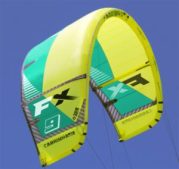
Flat leading edge profile, relatively squared wingtips with the support of a multiple point leading edge support bridle.
We have now covered the basics however the list continues as their are many sub categories for different riding disciplines such as surf, free ride, big air, race etc. A large factor that defines a kites performance characteristic is the aspect ratio ( the kites width to length ratio )
High aspect kites which normally look Long and thin. Are less immediately powerful, but generate more power per square metre when moving. They have better upwind, go faster and have more lift, float and glide. Sounds great so far but again you have to compromise through slower turning and less depower at the bar when powered up. They are also harder to relaunch due to the length of the kite. Race kite and big air kites are generally high aspect.
A good example of a high aspect kite is the new Cabrinha Apollo Low aspect kites are visibly Shorter and wide.
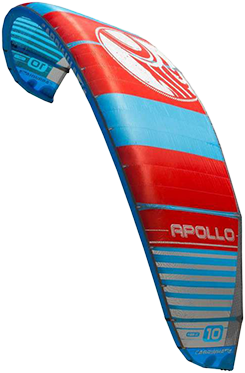
They turn quickly, relaunch easily, have less less lift and float but have more depower a the bar.
They also drift down wind well making them great wave kite. learners kites are typically low aspect kites as they are wider they sit further back in the wind window resulting in easier to access power and low end grunt, this also makes for a very easy point and go kite as less piloting is required. We can use the Cabrinha Radar again for this example but also the Cabrinha Drifter ( wave kite )
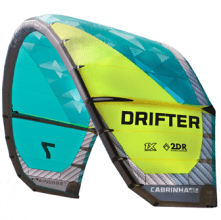
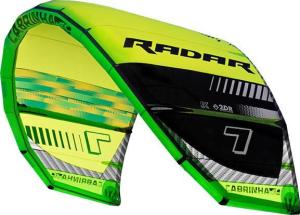
Take a look at the below picture showcasing a good visual comparison between the aspect ratio of the Apollo and Radar
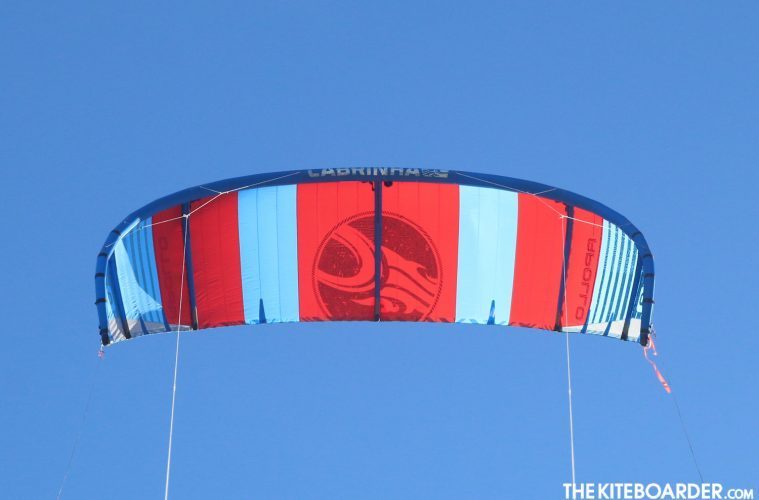
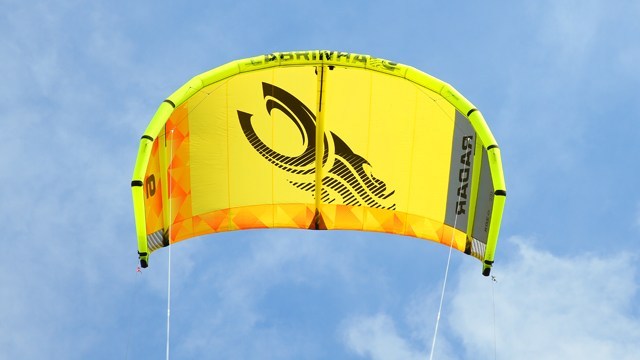
A medium aspect kite is our "jack of all trades" kite that doesn’t excel at any one feature but is performs across the board. Freeride/freestyle kites are usually medium aspect.
The Cabrinha Switchblade is a very good example.
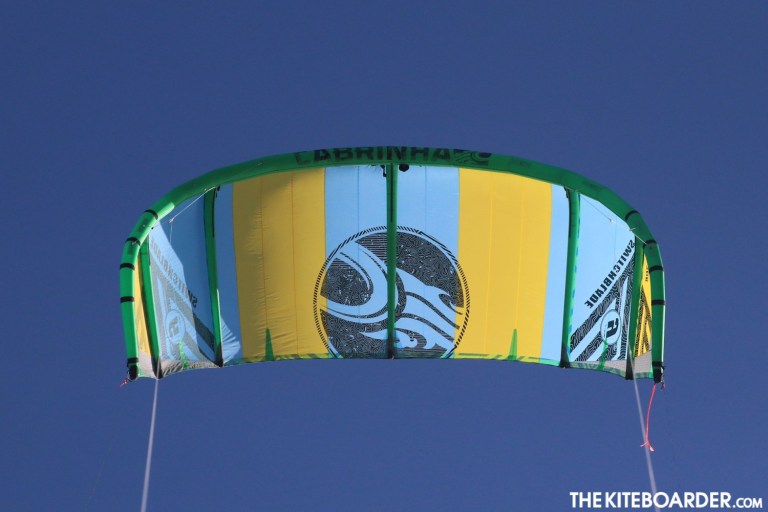
Medium aspect, swept leading edge supported by a bridle with direct attachment on the trailing edge. Personal opinion . . . this is the free riders dream and go to kite !
Now how do we define brands . . . now most brands utilise similar construction methods, each brand offers kites that fit all categories for all riders. At White Sand kitesurfing we use Cabrinha as they supply a premium product that can last multiple seasons if treated with respect. Don’t take our word for it though, try before you buy and forge your own opinion. One riders Nissan Micra might be another riders Ferrari, visa versa. So get out there, get your hands on as much equipment as you can, fly as often as you can and soon you will formulate an idea of whats right for you !
If your in Cayman and you want to demo some Cabrinha products let us know.
I hope this blog has acted as rough guide and makes your kite selection process easier. If you have any questions give us a shout.
Happy shredding
Jamie
